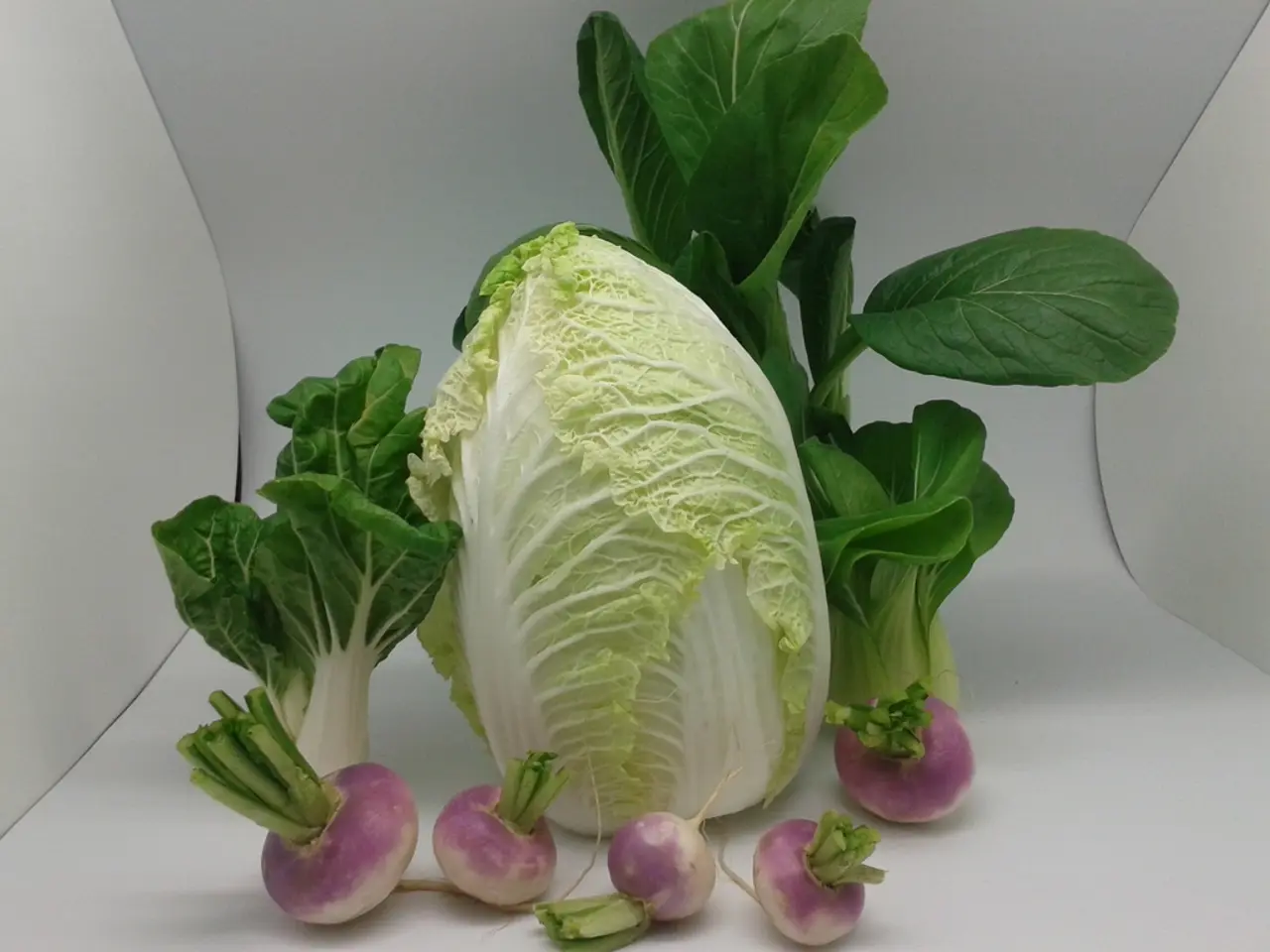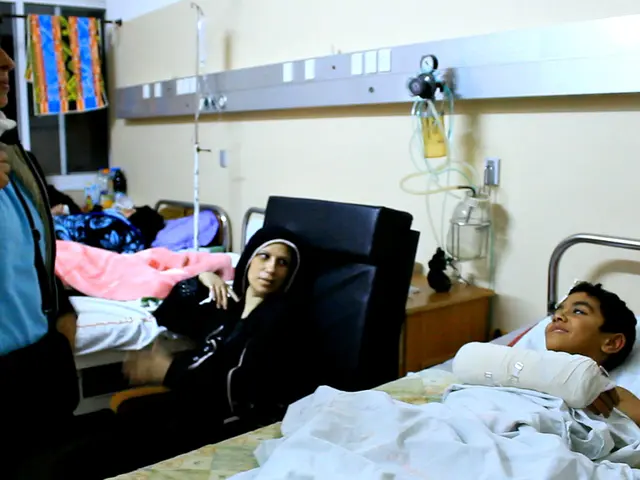Destructive Brassica Disease: An Examination of Black Rot
In the world of vegetable gardening, one disease that poses a significant threat to crucifers such as cabbage, cauliflower, turnip, rutabaga, collard, kohlrabi, and others, is black rot. However, broccoli is somewhat resistant, and radish is usually highly resistant to this bacterial disease.
Black rot is caused by the pathogen Xanthomonas campestris pv. campestris, and it thrives in wet weather and temperatures between 80-86°F. The disease cycle starts in infected seed or crop residue, and it can spread to healthy plants through splashing water, mechanical spread, or insects.
To control and manage black rot, a combination of cultural practices and planting strategies are essential.
- Use disease-free seeds and transplants: Starting with healthy, pathogen-free planting material reduces initial inoculum.
- Hot water treatment of seeds: Treating cabbage seed at 52°C for 15-20 minutes can control the pathogen in seeds and prevent disease spread.
- Crop rotation: Rotate crucifer crops with non-host plants to reduce pathogen buildup in soil.
- Sanitation: Destroy infected plant residues to remove sources of bacteria.
- Proper plant spacing and ventilation: Ensuring adequate airflow minimizes leaf wetness and reduces bacterial proliferation.
- Avoid overhead irrigation: Minimize splashing water that spreads bacteria.
- Resistant varieties: Use crucifer cultivars that show resistance to black rot when available.
- Monitor fields regularly: Early detection allows for prompt removal of infected plants to limit spread.
Good sanitation practices, including quick removal of old debris and use of clean equipment, are important for black rot control. Removing any debris can prevent the bacteria from overwintering and persisting.
As the diseased area of the leaf expands, it turns a mottled brown, and the leaf veins in the affected areas may appear black. Eventually, the leaf collapses due to black rot. The pathogen may enter the stem and spread to all parts of the plant through the vascular system. Infected stems show a ring of black discoloration when viewed in cross-section.
To avoid black rot, it's recommended not to plant crucifers in the same site for at least 3 years. Weekly sprays of copper products can slow the spread of black rot, but cultural practices described above are likely to be more effective.
By implementing these strategies, growers can effectively manage black rot and ensure a healthy and bountiful crucifer crop.
- In the realm of medical-conditions, chronic-diseases like chronic-kidney-disease require regular monitoring and a precise diet, similar to how gardeners monitor and take preventive measures against black rot in crucifer vegetable crops.
- The insects in a garden can aid in crop pollination, but they can also spread bacterial diseases like black rot, emphasizing the importance of proper sanitation and maintaining a healthy ecosystem.
- Just as fitness-and-exercise plays a crucial role in maintaining general health and wellness, employing cultural practices such as crop rotation, proper spacing, and good sanitation techniques can minimize the occurrence of black rot in crucifer crops.
- When fighting black rot, destroying infected plant residues acts as an effective means of prevention, much like how medicine eliminates pathogens to avoid further infection in a body.
- Using disease-free seeds and transplants is crucial for growing resilient crucifer crops, as it is to ensure the health of a person with a history of health issues, such as certain chronic-diseases or medical-conditions.




